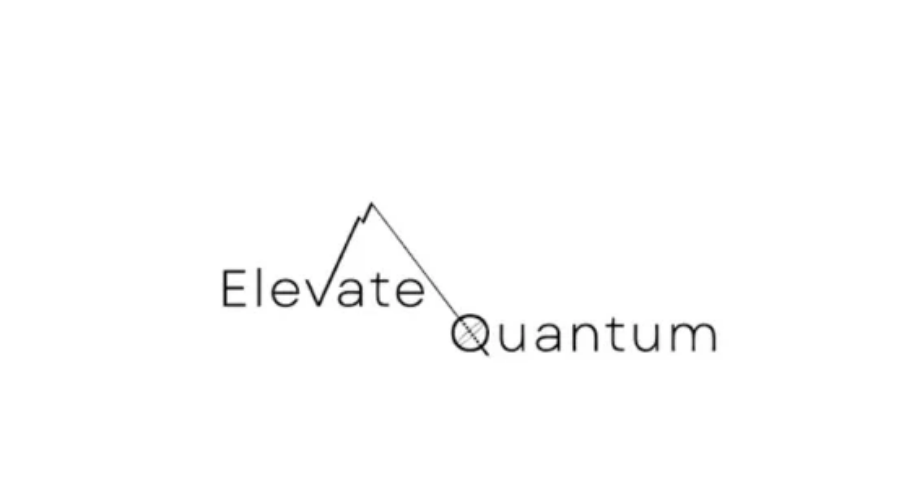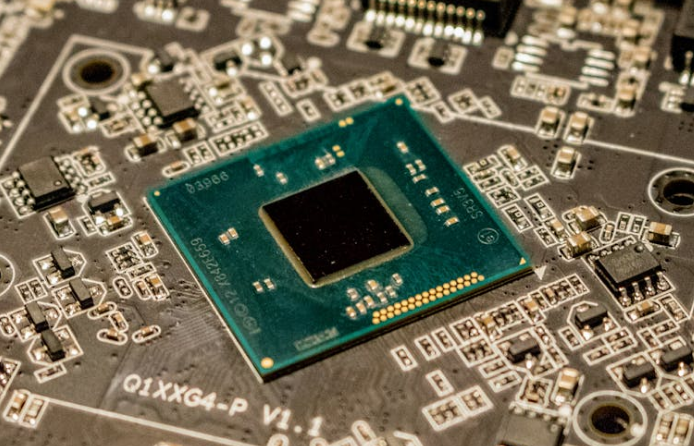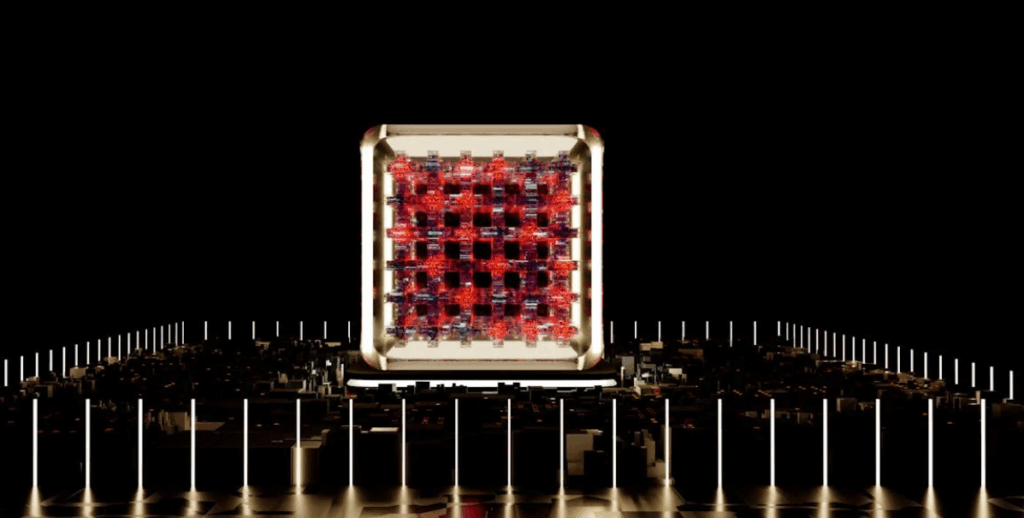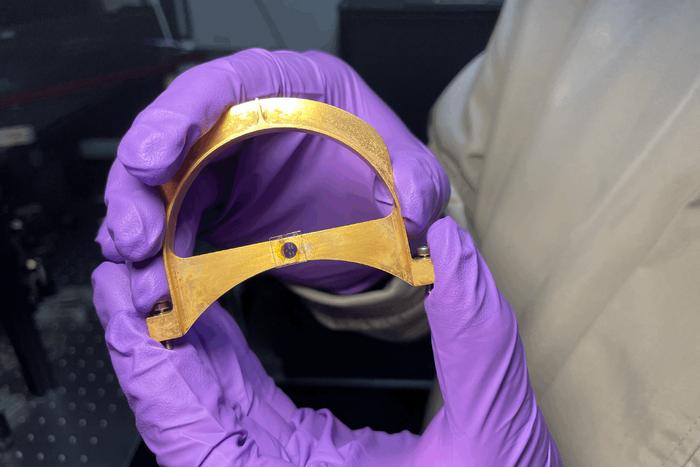Insider Brief
- Scientists at The University of Texas at El Paso (UTEP), led by Associate Professor Ahmed El-Gendy, have developed a quantum computing material that can operate at room temperature, overcoming the need for sub-zero environments.
- The breakthrough material, a blend of aminoferrocene and graphene, has magnetic properties 100 times stronger than pure iron, eliminating the reliance on rare Earth materials for magnet construction.
- This advancement has the potential to revolutionize quantum computing by making it more accessible and addressing concerns about future material shortages.
UNIVERSITY RESEARCH NEWS/October 16, 2023 — While quantum computing technology may have the potential to solve complex problems at an unprecedented speed, it has long been hampered by a significant limitation — operating at sub-zero temperatures.
Associate Professor at The University of Texas at El Paso (UTEP) Ahmed El-Gendy explained that, currently, quantum computers must be maintained at an -459 degrees Fahrenheit, just slightly above absolute zero.
“In order to make quantum computers work, we cannot use them at room temperature. That means we will need to cool the computers and cool all the materials, which is very expensive,” he said.

But now El-Gendy (pictured) and fellow UTEP scientists claim to have achieved a major breakthrough: creating a highly magnetic quantum computing material capable of functioning at standard room temperature.
Key to their achievement, he said, was the development of a quantum computing material that boasts magnetic properties 100 times stronger than pure iron while remaining effective at regular temperatures.
Magnets are integral to numerous modern applications, from smartphones to vehicles and solid-state drives, where they are employed for data storage. Since 2019, the UTEP team has worked on novel magnetic materials suitable for quantum computing.
Their intention was doubly ambitious, aiming not only for room temperature quantum computing but also to eliminate the reliance on rare Earth materials for constructing the necessary magnets.
El-Gendy explained: “All magnets are currently made from rare Earth materials, and we have a shortage of them. We’re going to face a problem soon of not having these materials to make magnets for any industry. Imagine if we get to that point.”
After years of experimentation, the team discovered that a combination of aminoferrocene and graphene materials possessed remarkable magnetic properties, a development that took even El-Gendy by surprise.
Potentially the development paves the way for room temperature quantum computers. Such computers could tackle complex problems across various sectors, including health and science, without the prohibitive cost of maintaining sub-zero temperatures and, mitigating concerns about shortages in the future.
“I was really doubting its magnetism, but our results show clearly superparamagnetic behaviour,” El-Gendy said. “No one has prepared a material like this before. I think we could go make a quantum computer at room temperature with this.”
The material is described in the journal Applied Physics Letters.
Featured image: Professor Mário S. Piantavini, PlaygroundAI
For more market insights, check out our latest quantum computing news here.

















